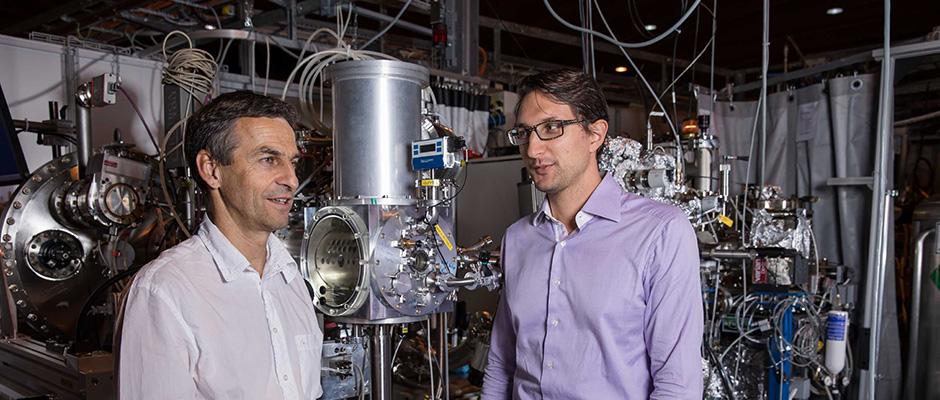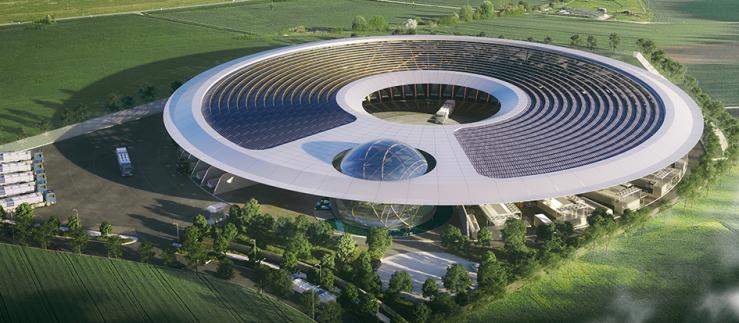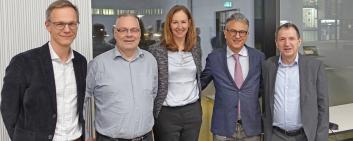“A new experimental chamber allows researchers to recreate atmospheric processes in the laboratory,” according to a statement from the Paul Scherrer Institute (PSI). Using an X-ray light from the Swiss Light Source (SLS) at PSI, the chamber presents processes at the surfaces of substances in “unprecedented precision”.
In their first experiment, the developers of the experimental chamber, PSI researchers Markus Ammann and Luca Artiglia, examined how bromine molecules are created in the atmosphere. They form when bromide contained in seawater comes into contact with ozone from the air and are responsible for its decomposition.
“We were able to show that a compound of bromide and ozone is created for a short time during the chemical reaction at the surface of the water, which had been predicted from theory but has been impossible to observe until now, said Artiglia, the scientist responsible for the experiment.
The experiment not only provides insights into the process of ozone formation and decomposition in the lower layers of the atmosphere, but the results will also “be integrated into future atmospheric models to understand the development of the climate and air composition”, explained Ammann.
After the successful first experiment, “the chamber will be made available to other researchers who study processes on surfaces in the context of energy and environmental research”, added Artiglia.







